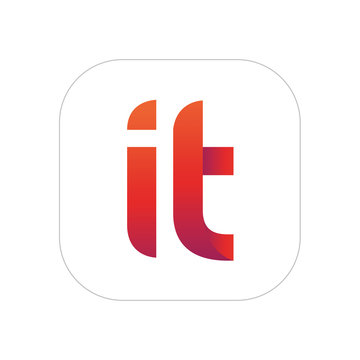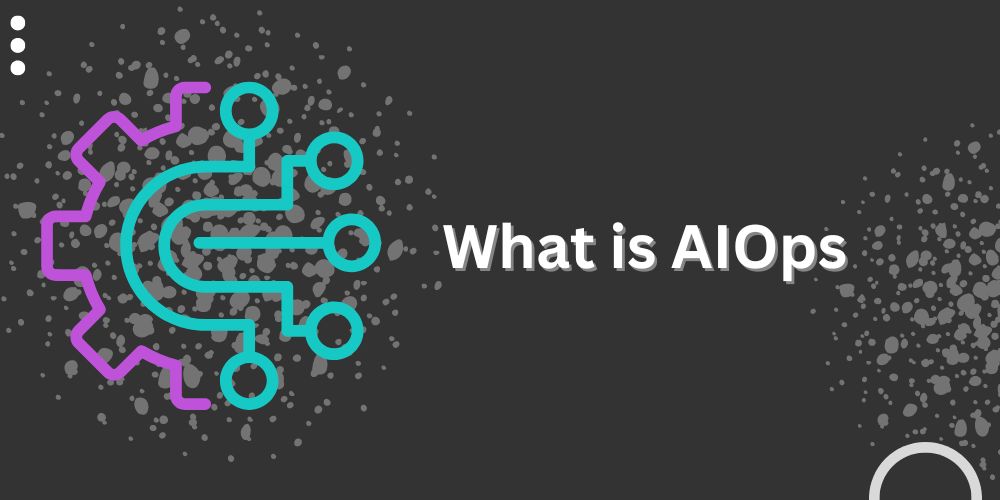In the digital age, businesses rely heavily on their IT infrastructure to ensure seamless operations, enhance customer experiences, and drive innovation. The explosion of data, increasing complexity of IT environments, and the rapid pace of technological change have created new challenges for IT teams. Managing these intricate systems, identifying issues in real-time, and preventing downtime have become paramount. Enter AIOps (Artificial Intelligence for IT Operations), a cutting-edge approach that harnesses the power of AI and machine learning to revolutionize how IT operations are managed.
This blog will dive deep into what AIOps is, how it works, and its transformative impact on modern IT operations.
What is AIOps?
AIOps, or Artificial Intelligence for IT Operations, refers to the application of artificial intelligence (AI), machine learning (ML), and big data analytics to automate and enhance IT operations. AIOps aims to help organizations manage their IT environments more efficiently by providing real-time insights, automating routine tasks, and reducing human intervention in problem-solving.
Traditional IT operations management (ITOM) relied on rule-based systems, manual interventions, and siloed tools to monitor and manage the infrastructure. With the growing complexity of modern IT ecosystems—often including cloud services, microservices, containerization, and more—traditional approaches have become insufficient. AIOps steps in to address these challenges by using AI and ML to intelligently analyze data from various IT operations tools, predict issues, and provide actionable insights.
AIOps Definition by Gartner
According to Gartner, AIOps refers to platforms that utilize big data, AI, and machine learning to enhance and automate IT operations. These platforms “combine data from multiple sources, analyze it in real-time, and use machine learning models to enable faster decision-making and automation of routine IT tasks.”
The Evolution of IT Operations
Understanding AIOps requires looking at the evolution of IT operations over the years.
- Traditional IT Operations: In earlier IT environments, businesses managed static, monolithic systems. IT teams manually monitored hardware and software using basic tools, responding to incidents and alarms on a case-by-case basis. However, as infrastructure grew, manual management became inefficient.
- The Era of Monitoring Tools: As systems became more complex, monitoring tools were introduced to assist in detecting issues. These tools helped gather data and provide insights, but they were often siloed, making cross-system issue identification challenging.
Please follow google news –Click Here
- Modern IT Operations Challenges: Today’s IT infrastructure is multi-layered, often spread across on-premise, cloud, and hybrid environments. The number of components and interdependencies has skyrocketed, producing vast amounts of data. Legacy systems can’t keep up with the speed and volume of data, leading to missed issues, longer downtimes, and increased operational costs.
AIOps marks the next step in this evolution, using AI and machine learning to analyze vast data streams, predict issues before they arise, and automate solutions to optimize performance.
How Does AIOps Work?
AIOps platforms use several key technologies to deliver value:
- Data Collection: AIOps begins by collecting data from various sources, including logs, metrics, events, and performance monitoring tools. This data is pulled from across the IT environment—servers, applications, networks, cloud services, and more.
- Data Aggregation and Normalization: Once collected, the data is aggregated and normalized to ensure consistency. AIOps tools are designed to handle the complexity of various data formats and sources, providing a unified view of the IT ecosystem.
- Machine Learning and Analytics: The heart of AIOps lies in its machine learning capabilities. AIOps platforms use advanced algorithms to analyze historical data and real-time inputs. By identifying patterns and correlations in the data, AIOps can pinpoint anomalies, detect root causes, and predict potential issues before they impact the business.
- Automation and Orchestration: A key advantage of AIOps is its ability to automate routine tasks. When an issue is detected, AIOps can trigger automated workflows to resolve problems without human intervention. This automation reduces downtime and increases operational efficiency.
- Continuous Learning: AIOps platforms are designed to improve over time. By continuously analyzing data, these systems refine their algorithms and predictions, becoming more accurate and efficient as they process more information.
Key Features of AIOps
- Real-Time Data Processing: AIOps platforms process large amounts of data in real-time, allowing IT teams to detect and address issues immediately.
- Proactive Problem Solving: By using predictive analytics, AIOps can identify and prevent potential problems before they occur.
- Automation: AIOps tools can automate routine tasks like patching, alerting, and incident resolution, freeing up IT personnel to focus on more strategic initiatives.
- Cross-Tool Integration: AIOps integrates with a wide range of IT operations tools, providing a unified view of the entire IT environment.
- Event Correlation: AIOps correlates data from different sources to provide a holistic view of the IT landscape, enabling faster root cause analysis and resolution.
Benefits of AIOps
The implementation of AIOps offers numerous benefits to organizations, including:
- Improved Operational Efficiency: By automating routine tasks and providing intelligent insights, AIOps frees up IT teams to focus on strategic initiatives. This improves overall efficiency and reduces operational costs.
- Reduced Downtime: AIOps detects anomalies and predicts potential issues before they result in downtime, leading to higher system availability and better customer satisfaction.
- Faster Issue Resolution: AIOps platforms provide real-time insights and event correlation, helping IT teams quickly identify the root cause of problems and reduce mean time to resolution (MTTR).
- Enhanced Security: With its ability to detect anomalies and suspicious patterns, AIOps can play a role in identifying potential security threats before they become critical issues.
- Scalability: As businesses grow and their IT environments expand, AIOps scales to accommodate the increasing data volume and complexity, ensuring continued high performance.
Challenges of Implementing AIOps
While AIOps offers many advantages, implementing it can come with challenges:
- Data Quality and Integration: For AIOps to be effective, it requires high-quality data from multiple sources. Inconsistent or incomplete data can affect the accuracy of insights.
- Cultural Shift: AIOps often requires a cultural shift within organizations. IT teams may need to adopt new ways of working, relying more on automation and data-driven decision-making.
- Cost and Complexity: Deploying an AIOps solution can be costly and complex, particularly for businesses with legacy systems. Proper planning and strategy are essential for a successful implementation.
Use Cases of AIOps
AIOps can be applied across various industries and IT environments. Some common use cases include:
- IT Infrastructure Monitoring: AIOps helps monitor complex IT environments, ensuring performance and availability across networks, servers, and applications.
- Incident Management: AIOps automates incident detection, resolution, and post-incident analysis, leading to faster and more accurate problem-solving.
- Cloud Operations: With the increasing adoption of cloud services, AIOps can help manage and optimize cloud environments, ensuring smooth and cost-effective operations.
- Security Operations: AIOps can assist in identifying and mitigating security threats by analyzing patterns and detecting anomalies in system behavior.
Future of AIOps
The future of AIOps looks promising as organizations continue to adopt AI and machine learning across various functions. As the technology evolves, AIOps platforms will become even more sophisticated, offering deeper insights, better automation, and greater predictive capabilities.
Key trends in AIOps include:
- Increased Automation: Future AIOps tools will likely automate even more tasks, from incident resolution to software updates and system optimizations.
- AI-Powered Security: AIOps will play an even greater role in security operations, using AI to predict and prevent cyber threats.
- Integration with DevOps: AIOps will increasingly integrate with DevOps practices, helping organizations achieve faster development cycles and more resilient applications.
Conclusion
AIOps is rapidly transforming the way IT operations are managed. By leveraging AI, machine learning, and big data analytics, AIOps enables businesses to streamline their operations, reduce downtime, and improve overall efficiency. While the journey to implementing AIOps may have its challenges, the benefits far outweigh the initial hurdles.
Related Post
Discovering the Best Tech Websites in the USA Best Sites About Technology in the USA

I’m Sanaul, and I recently graduated with an advanced diploma from Smith secondary school.
